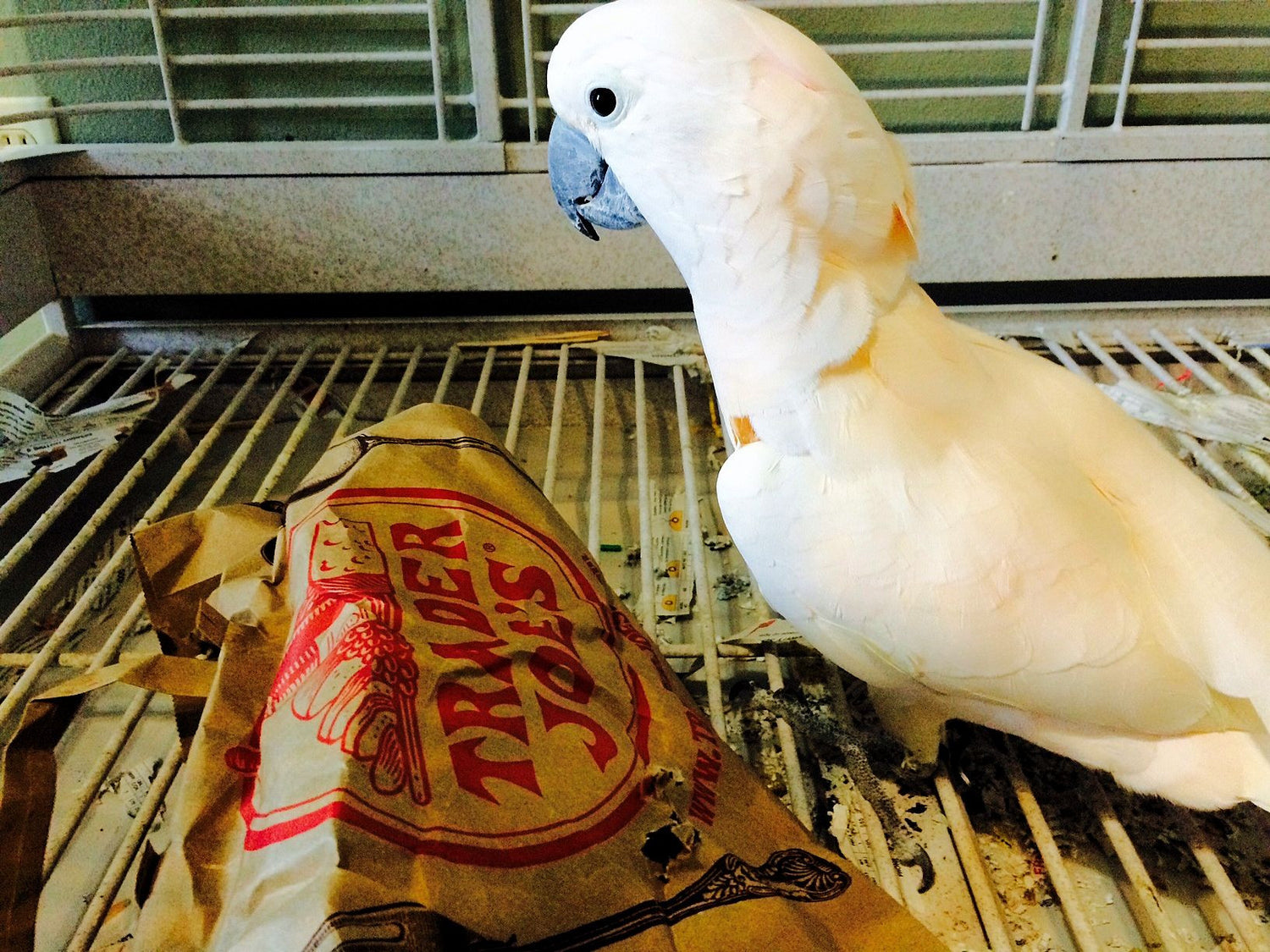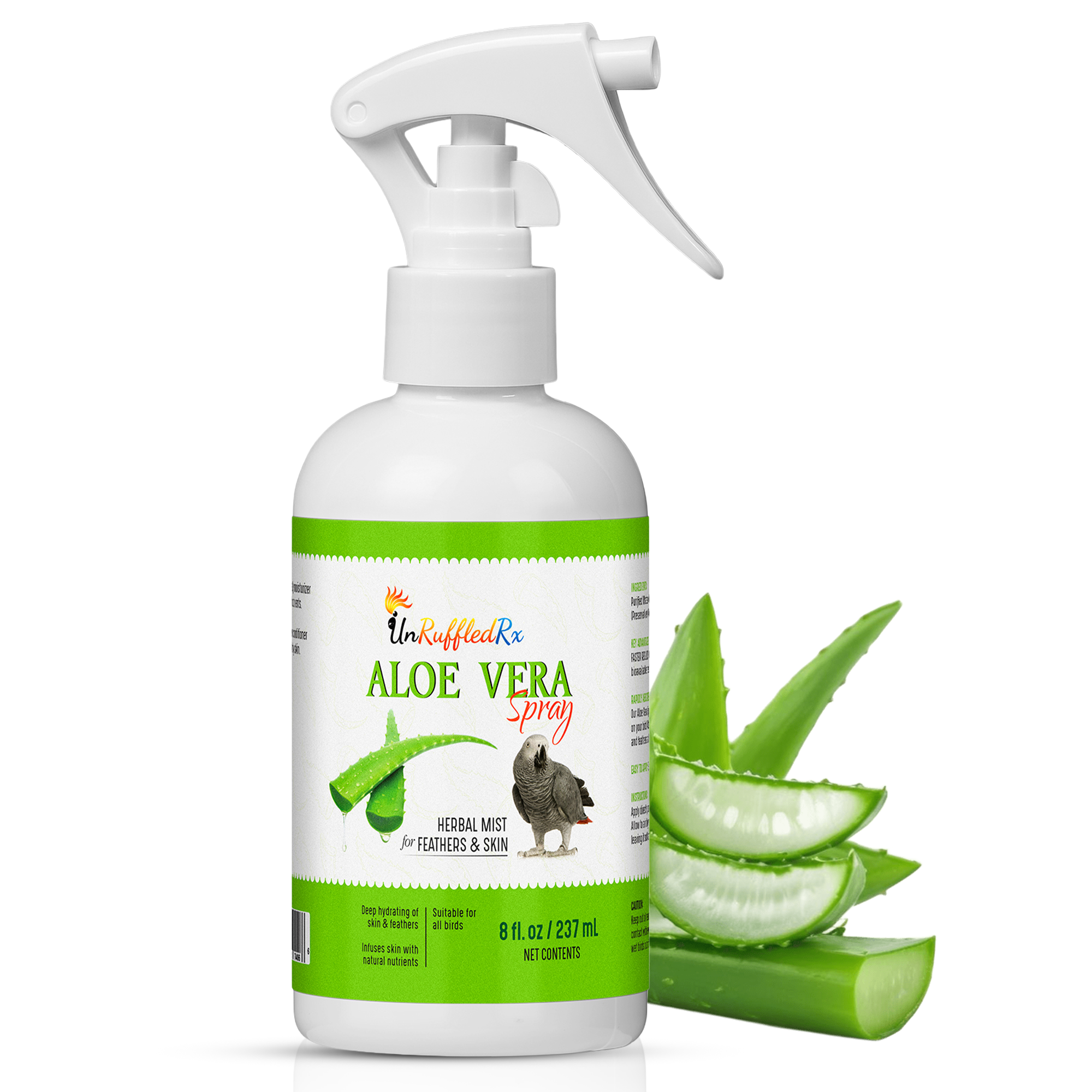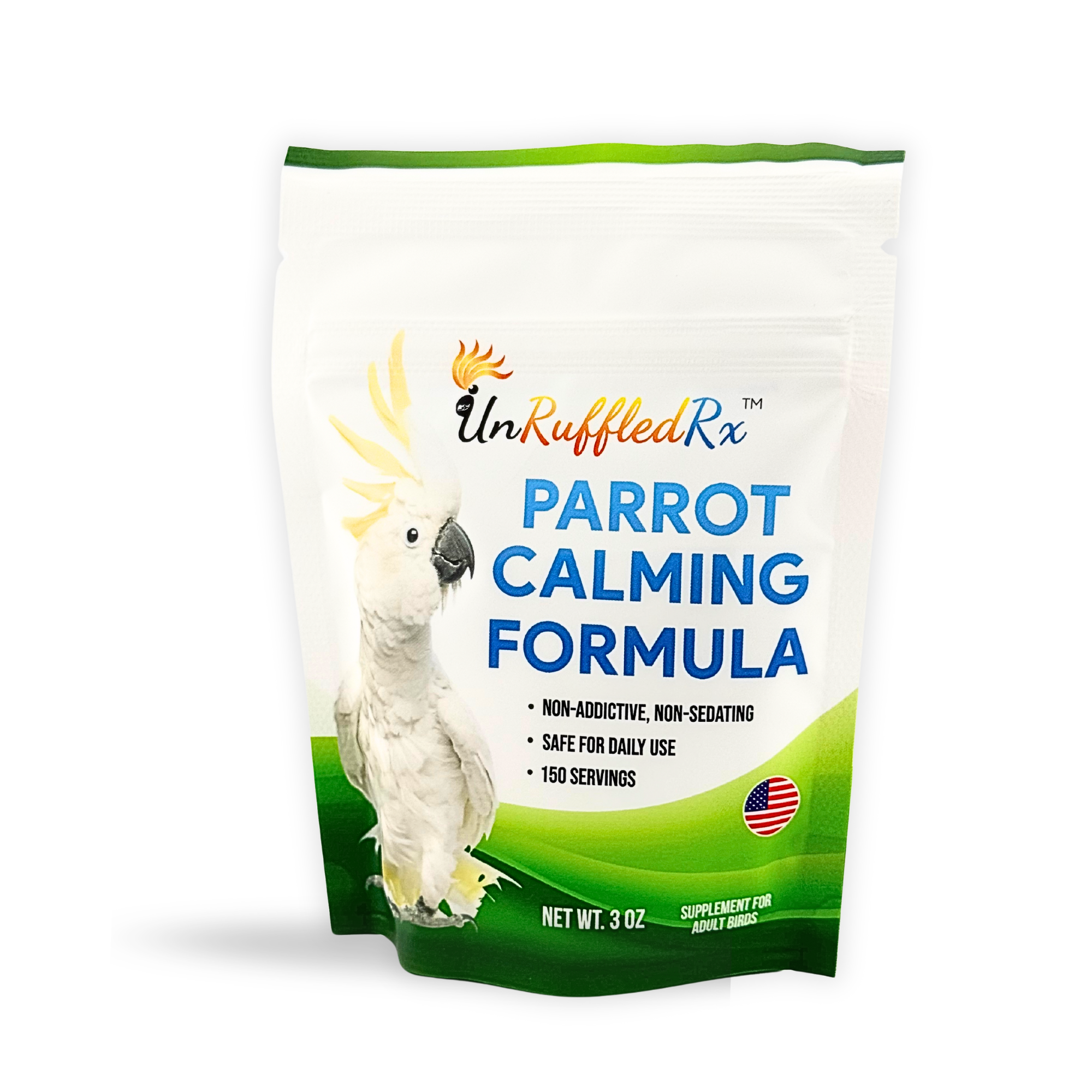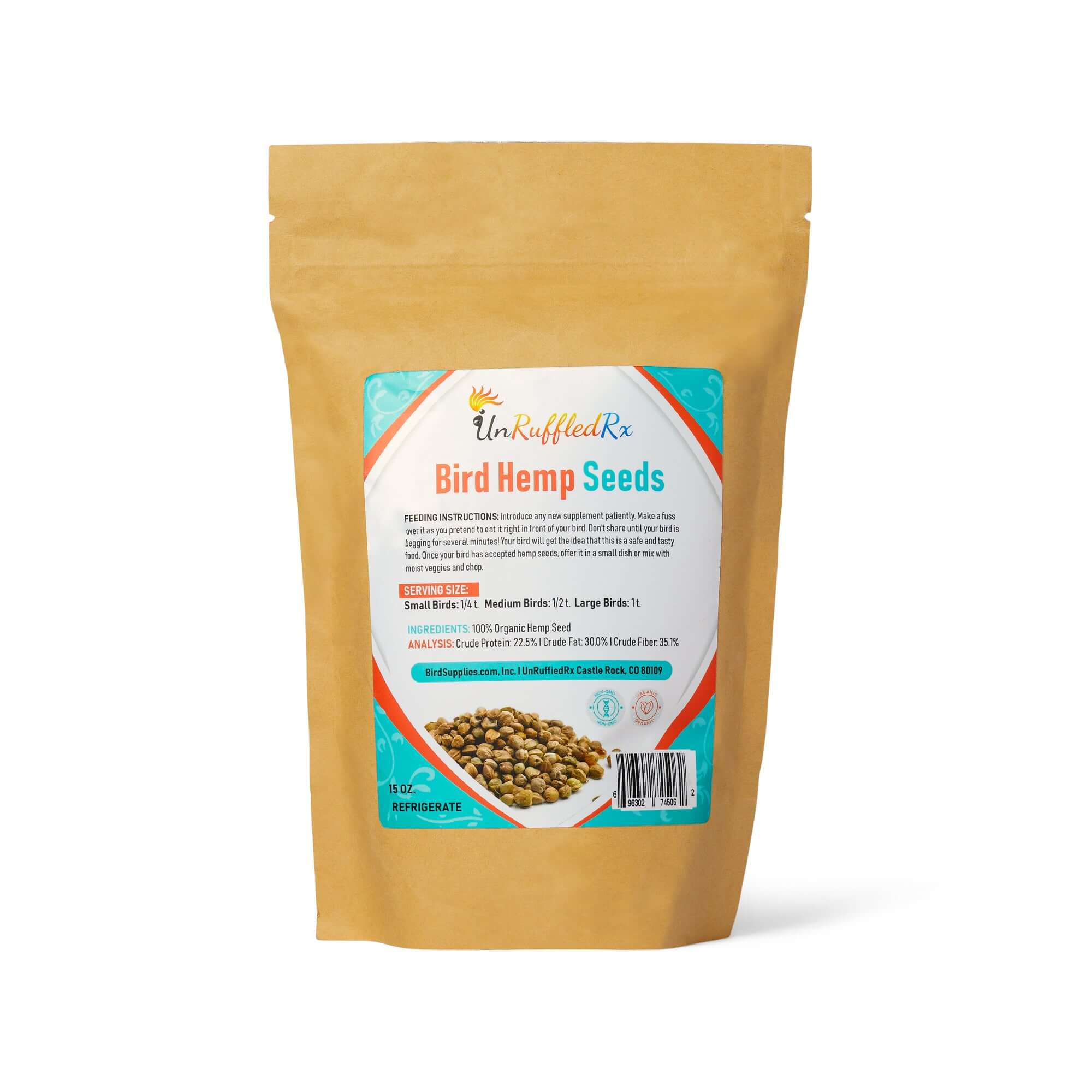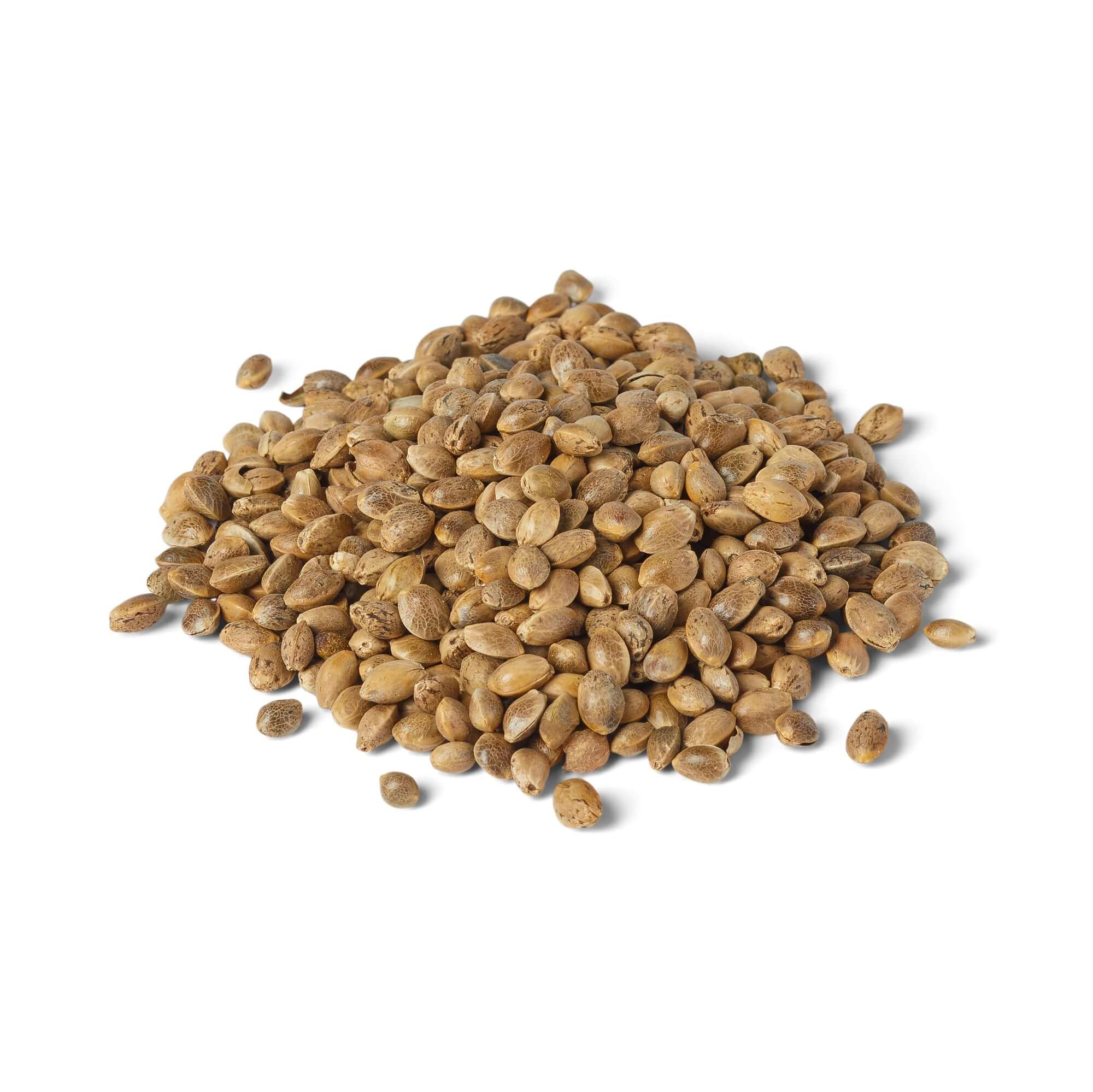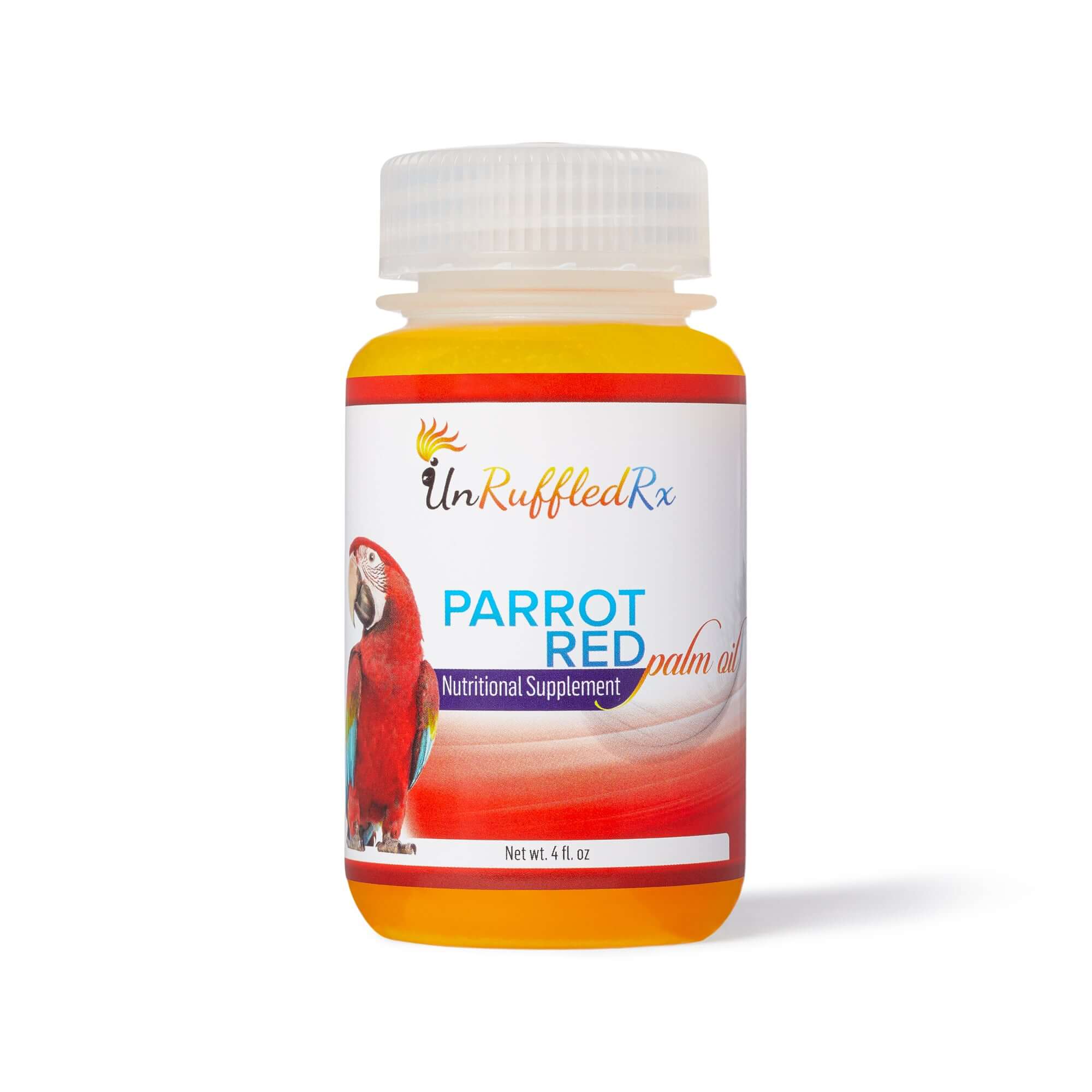How to Prevent a Bird Chewing Furniture: A Complete Guide
- Parrot Turning Your Home into Sawdust?
- Why Do Birds Chew on Furniture?
- Which Parrots Are The Most Active Chewers?
- When Does Chewing Become a Problem?
- What to Watch Out For
- Solutions: How to Develop a Plan to Save Your Household
- Practical Tips to Stop Furniture Chewing
- Conclusion
Is bird chewing turning your furniture into a pile of splinters? It’s a common issue for many bird owners. The constant gnawing not only damages your household items but can also be frustrating to manage.
It's not just furniture that’s at risk; parrots can also chew on woodwork, closet doors, and even fibers on furniture or carpets. This natural behavior, if not redirected, can result in significant damage throughout your home.
Bringing a parrot into your home can be a joy, but with that joy comes the reality of their strong need to chew. You might have envisioned a playful companion, but soon discovered your feathered friend is more like a tiny carpenter, turning your home into sawdust. Instead of getting frustrated, it’s time to understand and address this natural behavior.
Developing a problem-solving mindset is key to managing your parrot's chewing. Recognize that this behavior is driven by their instinct to forage, nest, and keep their beak healthy. By providing appropriate outlets and engaging activities, you can redirect their chewing away from your furniture and onto safe, satisfying alternatives.
Why Do Birds Chew on Furniture?
Parrots chew for several important reasons:
-
Foraging for Food: In the wild, parrots chew through wood to find insects and other food items. Think of it as their version of fast food, only they have to work for it!
-
Nesting Needs: Many parrots hollow out tree trunks to create safe nesting cavities. Your furniture is just a convenient stand-in for a cozy tree trunk.
-
Mental Stimulation: Parrots are incredibly smart, and chewing provides intellectual engagement and problem-solving opportunities. They’re like Type A personalities with beaks – always needing something to do to keep those brilliant minds busy.
- Beak Health: Regular chewing helps keep their beaks trimmed and healthy. It’s like their own personal beak manicure, and they’re the DIY type.
And let’s not forget, birds have a high metabolism and are always on the move. They need to stay busy to burn off all that energy, so your furniture ends up being the unfortunate target of their endless enthusiasm.
Which Parrots Are the Most Active Chewers?
| Species | Nest Type 🌳 | Foraging 🌿 | Chewing 🦷 | Energy ⚡ | Breeding 🐥 |
|---|---|---|---|---|---|
| Budgie | 🌴 | 🌿🌿 | 🦷 | ⚡⚡⚡ | 🐥🐥 |
| Cockatiel | 🌴 | 🌿🌿 | 🦷 | ⚡⚡⚡ | 🐥🐥 |
| Lovebird | 🌴 | 🌿🌿 | 🦷🦷 | ⚡⚡⚡ | 🐥🐥🐥 |
| Conure | 🌴 | 🌿🌿 | 🦷🦷 | ⚡⚡⚡ | 🐥🐥 🐥 |
| Quaker Parrot | 🌳 | 🌿🌿 | 🦷🦷 | ⚡⚡⚡ | 🐥🐥 🐥 |
| Senegal Parrot | 🌴 | 🌿🌿 | 🦷🦷 | ⚡⚡ | 🐥🐥🐥 |
| Caique | 🌴 | 🌿🌿 | 🦷🦷 | ⚡⚡⚡ | 🐥🐥🐥 |
| Amazon Parrot | 🌴 | 🌿 🌿 | 🦷🦷🦷 | ⚡⚡⚡ | 🐥🐥 |
| African Grey | 🌴 | 🌿🌿 | 🦷🦷🦷 | ⚡⚡⚡ | 🐥🐥 |
| Eclectus | 🌴 | 🌿🌿 | 🦷🦷 | ⚡⚡ | 🐥🐥 🐥 |
| Cockatoo | 🌴 | 🌿🌿 | 🦷🦷🦷 | ⚡⚡⚡ | 🐥 |
| Macaw | 🌴 | 🌿🌿 | 🦷🦷🦷 | ⚡⚡⚡ | 🐥 |
Most parrots nest in 🌴 hollowed-out trees 🌴 and are avid foragers, using their relatively strong beaks to crack open nut s and rip bark off branches. Smaller birds with smaller beaks nest in softer wood trees.
All birds have high metabolism rates. This makes them the ultimate type-A personalities. If we don't devise safe ways for them to keep busy, they'll find something to chew!
Bird hormones 🐥 also contribute to chewing wood in your house. Smaller birds tend to become hormonal and breed more frequently, and they like to line their nests with soft wood and fibers. Large birds chomp off chunks of wood and chip them up to line their nests.
When Does Chewing Become a Problem?
Chewing is a natural behavior for parrots, but it becomes a problem when your bird starts damaging your furniture and other household items. Imagine coming home to find your favorite wooden chair turned into a pile of splinters! This mess can be expensive to fix and really frustrating. Plus, if your parrot chews on wires or important papers, it can create dangerous situations and ruin things you care about.
Another big worry is the health risks from chewing on unsafe materials. Chewing through electric cords and getting electrical burns is a common problem. Parrots might swallow harmful stuff like paint or toxic plants, which can make them very sick.
All this damage can also make it hard to keep a peaceful home. It’s important to give your parrot safe things to chew on and keep them away from dangerous objects to protect both your bird and your home.
What to Watch Out For
Parrots tend to target for chewing include:
-
Wooden furniture: Parrots love to chew on wooden chairs, tables, and shelves. Anything within their reach can become a chew toy.
-
Window sills and door frames: These spots are easy targets for parrots, especially when they’re made of soft wood.
-
Baseboards, moldings, and soft wood doors: Parrots will gnaw on baseboards and moldings. Soft wood doors on are also prime chewing spots, especially when the bird thinks the closet to be a possible nesting site.
-
Electric cords: Chewing on electric cords is dangerous. Parrots find cords appealing possibly due to their rubbery texture, but they can get shocked or burned.
-
Under furniture: Parrots often explore and chew under couches and beds. These hidden spots can quickly become damaged.
- Carpets and fibers: Parrots like to pull and chew on carpet fibers. Any soft material may be shredded in hopes of lining a nest site.
Parrots are naturally curious and have a high metabolism, which fuels their constant need to explore. They're always on the hunt for the perfect nesting spot, whether it's under furniture, in closets, or inside boxes.
They’ll chew on anything they find in these cozy spots to gather nesting materials, like soft fibers and wood. Blocking off or keeping these areas out of reach can help protect your home from parrot mischief. Benefits Of A Wood Bird Stand
Parrot-Proofing Your Home:
1) Redirect Chewing to Safe Items
Parrots need to chew, so why not give them something safe to chew on? Offer a variety of safe toys in different styles and textures to keep your parrot busy. From wooden blocks to puzzle toys to soft cardboard paper towel rolls, these items can keep your parrot busy and away from your furniture. It’s all about giving them something safe and satisfying to chew on.
2) Environmental Management
Sometimes, the best solution is to keep certain items out of reach. Use barriers like wire shelves or place things on higher closet shelves to protect your belongings. Moving your parrot’s cage away from walls and woodwork can also help. It’s like child-proofing your home, but for your curious feathered friend.
3) Supervised Out-of-Cage Time
Letting your parrot out of the cage is important, but it’s best to avoid free roaming. Supervised out-of-cage time allows your parrot to explore safely while you keep an eye on them. This way, they can’t sneak off to chew on your favorite chair when you’re not looking.
|
4) Train Your Parrot
Training your parrot to stay on a stand or come when called can make a huge difference. It's always easier to teach them what to do versus what not to do. Plus, training is a fun way to bond with your bird while reinforcing good behavior. Your parrot will feel like a star student, and your furniture will thank you!
Use positive reinforcement to train your parrot to chew on appropriate items. Reward them with treats and praise when they choose their toys over furniture.
5) Increase Out-of-Cage Time
Spend more time interacting with your parrot outside the cage. The more playtime and social interaction they get, the less likely they are to engage in destructive behaviors. It’s like taking your dog for a walk – a tired parrot is a happy, well-behaved parrot!
6) Use Protective Covers
Cover your furniture with protective materials like slipcovers or blankets. This not only shields your furniture from sharp beaks but also makes it less appealing to your parrot. It’s like putting a screen saver on your phone – better safe than sorry!
7) Hormone Management
Keep an eye on your parrot’s hormonal cycles. Sometimes, increased chewing can be a sign of hormonal changes. Providing extra toys, enrichment, and an early bedtime during these times can help. Think of it as giving your parrot a bit more TLC when they need it most!
In Conclusion...
Understanding and addressing your parrot’s natural chewing needs is crucial for preventing destructive behavior. By providing appropriate outlets and engaging activities, you can protect your household while keeping your parrot happy and healthy.
Join the Conversation! Have tips of your own? Share your experiences and solutions in the comments below. Let's help each other keep our parrots happy and our homes intact!
Related Posts:
10 Essential Tips to Protect Your Birds at Home
Parrot Behavior Training: Your Top 9 Questions Answered
How To Stop A Bird From Biting - Biting Parrot Problems
How A Bird Behaviorist Can Help You Use Positive Reinforcement The Right Way
References:
Athan, M. S., & Earle-Bridges, M. (1999). Guide to a well-behaved parrot (2nd ed.). B E S Pub Co.
Blanchard, S. (1999). Companion parrot handbook. Pet Bird Report.
Doane, B. M., & Qualkinbush, T. (2008). My parrot, my friend (1st ed.). Howell Book House.
Speer, B. L., Thornton, K. C., & et al. (2020). Birds for dummies (2nd ed.). For Dummies.
Link to this blog
Burroughs, D. (2024, August 9). End bird chewing on furniture with these expert tips!. BirdSupplies.com. https://birdsupplies.com/blogs/news/144493767-end-bird-chewing-on-furniture-with-these-expert-tips
Diane Burroughs, LCSW, is a licensed psychotherapist specializing in avian anxiety disorders, nervous bird behaviors, and overall bird care. With training in ABA therapy and certification in Nutrition For Mental Health, Diane has authored several books on bird behavior and offers expert consultations for resolving issues like feather plucking and bird anxiety.
She founded UnRuffledRx Science-backed Parrot Wellness Supplies, a trusted brand of products recommended by top avian veterinarians across the United States and available internationally. These include bird collars designed for feather plucking. Diane also provides behavior consultations to address nervous bird behavior and other challenges.
Her work has been featured in the Journal of Avian Medicine and Surgery and presented at Exoticscon. Diane also mediates the Feather Plucking Help group on Facebook, offering support to parrot owners. With over 30 years of experience, Diane has developed thousands of successful individualized behavior plans, promoting parrot wellness and excellent bird care.
TAGS: #ParrotChewingFurniture #BirdChewingFurniture
SHARING IS CARING! PLEASE SHARE ON YOUR FAVORITE SOCIAL MEDIA NOW!

